Driving Bavaria’s Romantic Road felt like I’d wandered into a storybook, only the cobblestone streets were real, and castles actually perched on hills. This scenic route stretches from Würzburg to Füssen, winding through Germany’s historic heart and some of its most beautiful countryside.
I found myself exploring timber-framed houses, sampling hearty local dishes, and soaking in landscapes that just begged to be photographed. The Romantic Road isn’t just a road trip—it’s a chance to bump into centuries-old history at every stop.
Vineyards, gentle hills, and the distant Alps became my backdrop for some of the most charming places I’ve stumbled across. After this adventure, I totally get why the Romantic Road is so beloved by travelers.
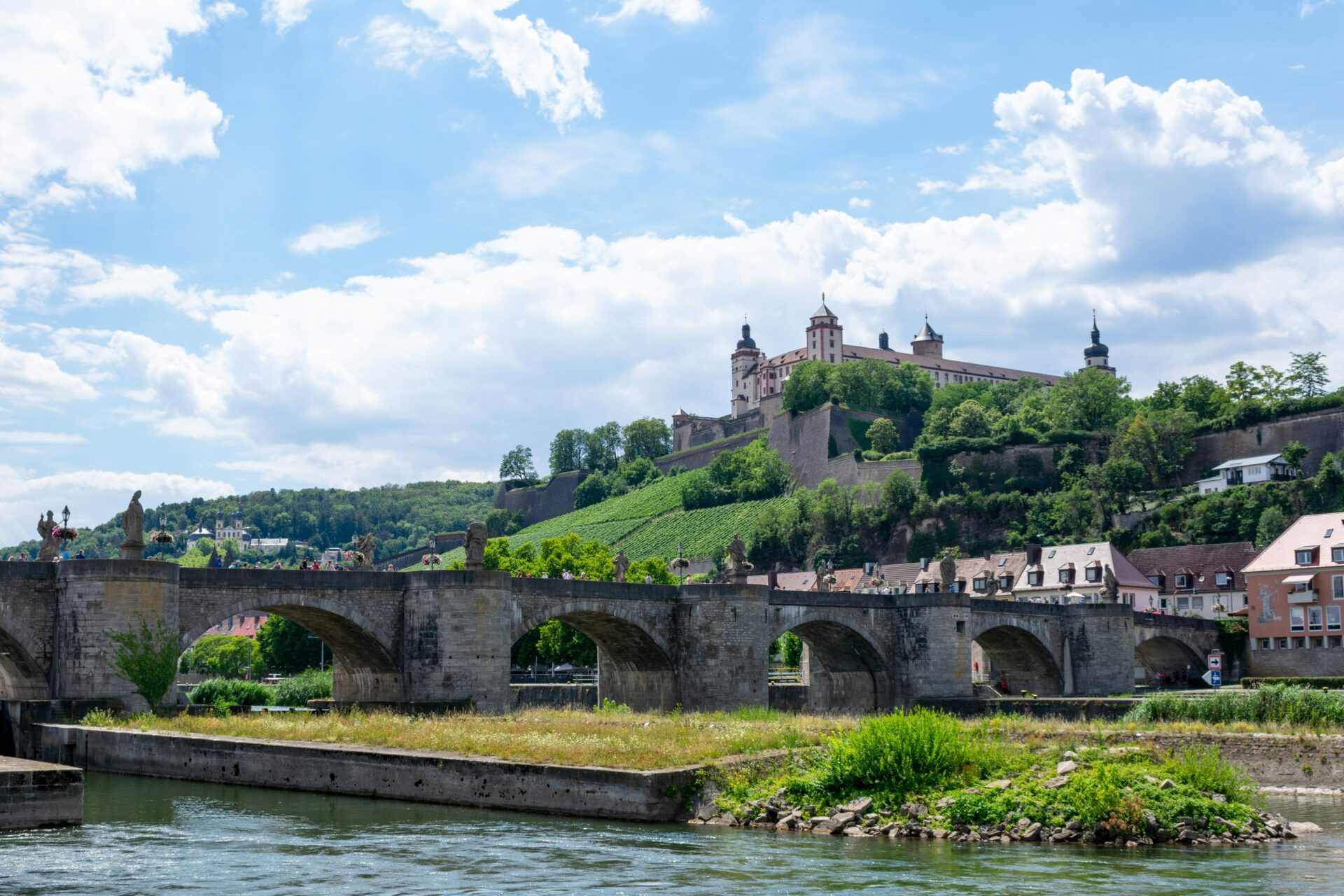
Würzburg: The Gateway to the Romantic Road
Würzburg kicked off my journey in style. The city stands out for its grand architecture, rolling vineyards, and a history shaped by winemaking and culture.
Würzburg Residence & Baroque Grandeur
The Würzburg Residence really steals the show in the city center. As a UNESCO World Heritage Site, it’s one of Europe’s most jaw-dropping Baroque palaces.
I couldn’t help but admire the symmetry of the facade and that sweeping grand staircase—it practically begs you to come inside. Once I stepped in, the ceilings wowed me with Tiepolo’s colorful frescoes and intricate scenes.
Behind the palace, the Court Garden unfolds with perfect lawns, fountains, and flower beds. The blend of art, architecture, and landscape design here is just stunning—anyone into European history would love it.
You can join guided tours in English or German, and they dive into the stories of the prince-bishops and how the palace rose from the ashes after World War II. I snapped photos in the Mirror Cabinet and Hall of Mirrors, since photography’s allowed in a few rooms.
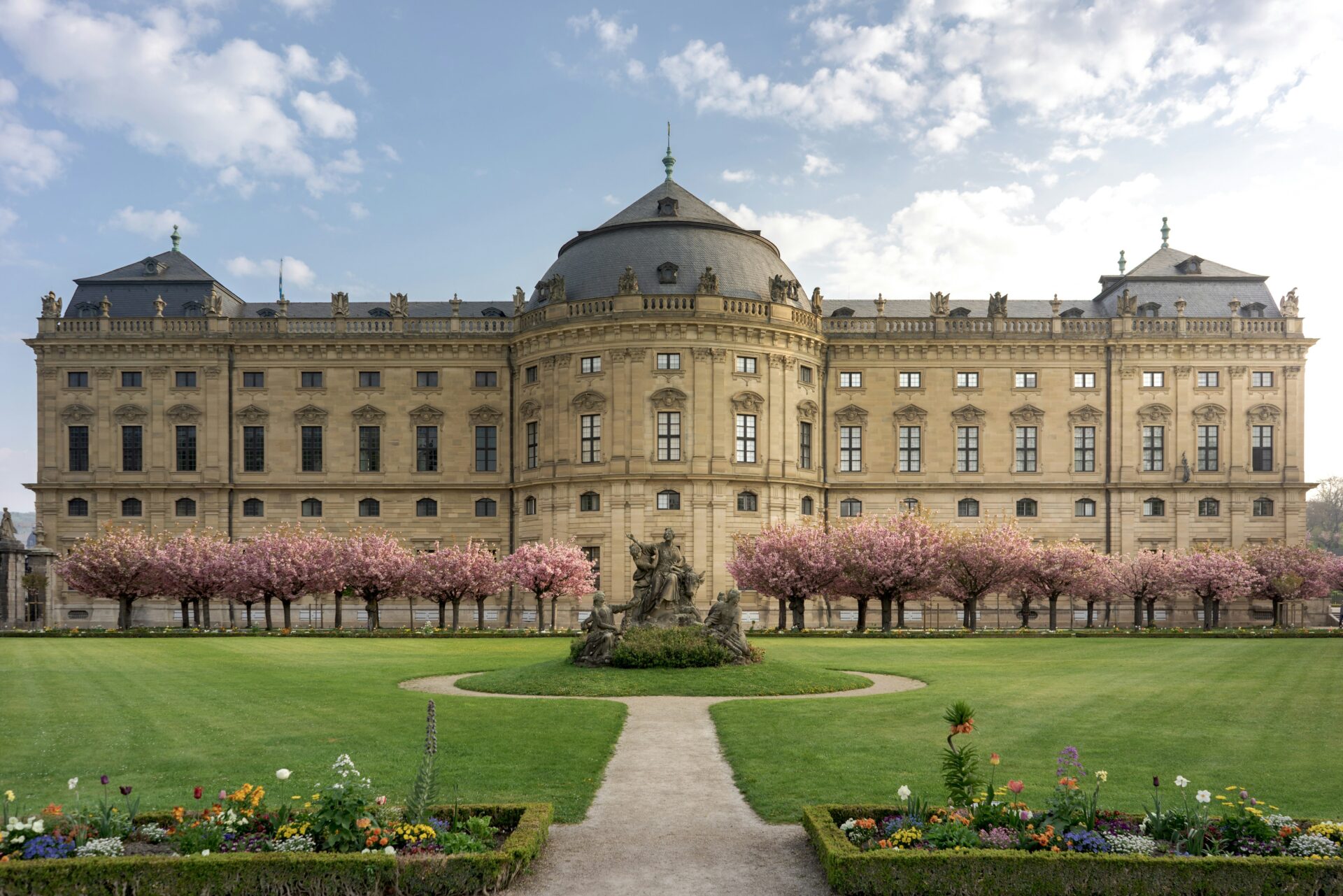
Vineyards of Würzburg and Franconian Wines
Würzburg sits right in the heart of Franconia’s wine country. The vineyards climb up from the Main River, wrapping the city in green.
Walking the slopes, I noticed the gray soil—ideal for Silvaner, the local grape. Franconian wines are usually dry and crisp, and they pour them into these funny flat-bottomed bottles called Bocksbeutel.
Wine taverns pop up all over central Würzburg, many tucked in cellars that have seen centuries pass. I tasted a few varieties at Juliusspital and loved comparing them.
If you want to get closer to the vines, there are wine festivals and vineyard tours—sometimes you even get to stroll among the grapes with a glass in hand. It’s a fun way to connect with local traditions and really taste Franconia.

Marienberg Fortress and Old Main Bridge
Marienberg Fortress towers above the city, offering sweeping views of Würzburg and the Main River. The thick stone walls, towers, and historic rooms feel straight out of a legend.
I wandered the ramparts, pausing for photos of rooftops and the countryside. Inside, two museums—Mainfränkisches Museum and Fürstenbaumuseum—hold art, armor, and pieces of Würzburg’s story.
Outside, terraced gardens and vineyards tumble down toward the river. At the bottom of the hill, I crossed the Alte Mainbrücke (Old Main Bridge), lined with statues and buzzing with locals.
In the evenings, people gather with wine, watching the sunset over the river. It’s a relaxed, beautiful scene—one of my favorite ways to end a day here.
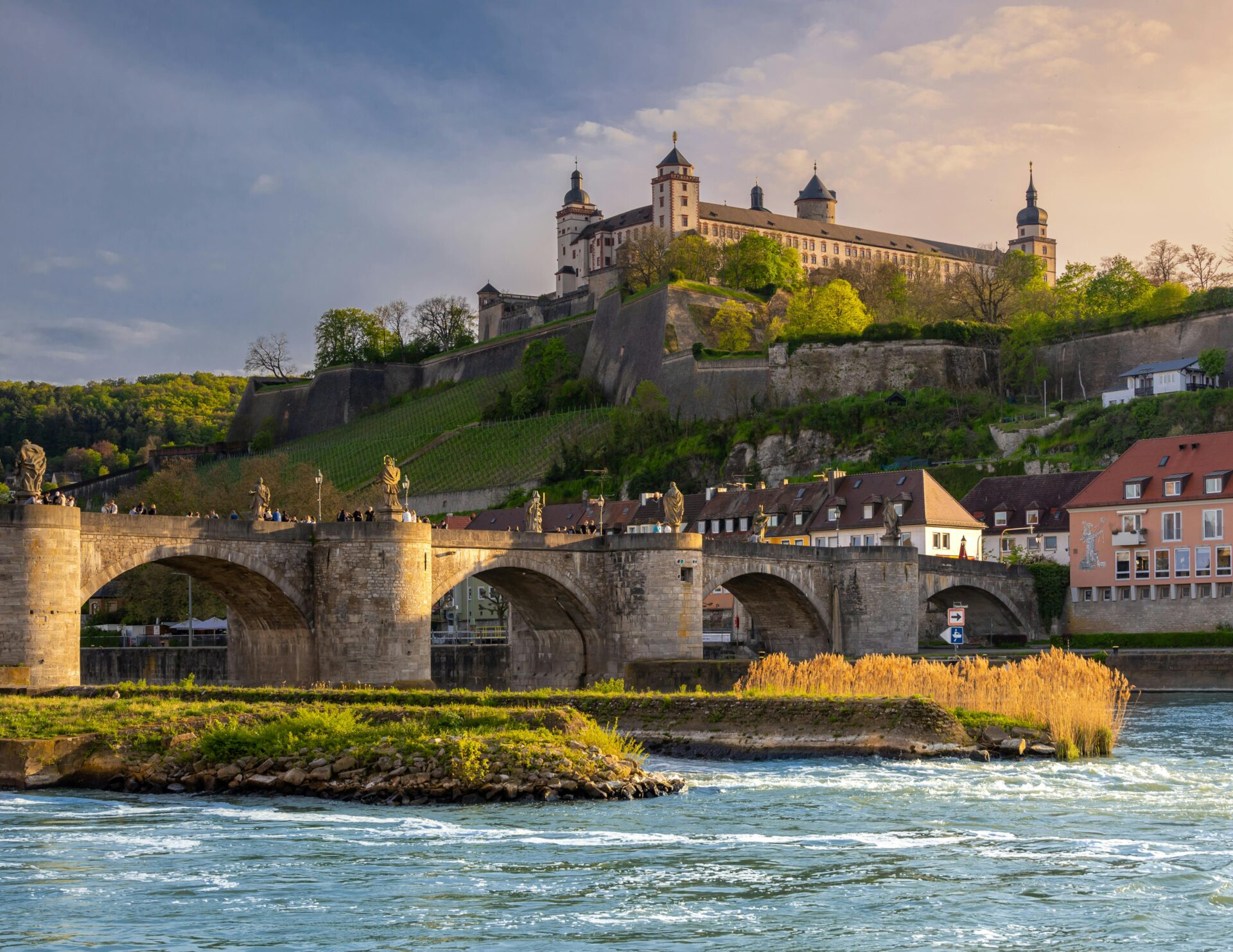
Enchanting Medieval Towns Along the Route
As I drove down Bavaria’s Romantic Road, it felt like time travel. Each town revealed its own slice of German history, from cobbled lanes and half-timbered houses to castles and ancient walls.
Rothenburg ob der Tauber: Timeless Medieval Wonderland
Rothenburg ob der Tauber stopped me in my tracks with its medieval charm. The old city walls still wrap around town, dotted with towers and gates that look straight out of a fairy tale.
I walked the top of the walls, peeking down at winding streets and pastel timbered homes. The Market Square stands out, with its Gothic town hall and a lovely fountain.
St. Jakob’s Church drew me in with its wooden altar. Rothenburg’s Christmas shops and festivals give the town a bit of holiday magic all year.
In the evening, I joined the Night Watchman’s Tour and got a dose of local legends and medieval life. Shops sell hand-made souvenirs, and bakeries serve up Schneeballen, a quirky local pastry.
The whole place feels like living history—medieval architecture and German traditions just come alive here.

Dinkelsbühl: Half-Timbered Houses & Historic Streets
Dinkelsbühl surprised me as one of the best-preserved medieval towns in Germany. Its city walls stand almost completely intact, even now.
I passed through one of the old gates and found narrow lanes lined with half-timbered houses, steep roofs, and bright shutters. The main street led to the Weinmarkt and St. George’s Minster.
The market square has a lively but simple feel, ringed by 15th and 16th-century buildings. Flowers spill from window boxes, and people gather around old fountains.
Small museums and craft shops hide along the quieter streets. Dinkelsbühl moves at its own pace, letting you soak in every detail.
Each corner offers a peaceful view, and the old Germany vibe is everywhere—in the buildings, traditions, and local food.

Nördlingen: The Meteorite Crater Town
Nördlingen stands out because it sits inside a huge meteorite crater, formed some 15 million years ago. As I approached, the round city walls came into view—they’re still complete and you can actually walk them.
I climbed the steps and strolled the ramparts, looking out over red roofs and green fields. The bell tower, Daniel, rises above St. George’s Church, and from the top, you see the town’s layout and the crater rim.
Buildings here sparkle with crystals left by the ancient impact. The main square buzzes with life, but it’s still charming.
I grabbed a pastry from a bakery and chatted with shopkeepers. Nördlingen’s spot in a meteorite crater gives it a quirky edge, making it one of the most unique stops on the Romantic Road.
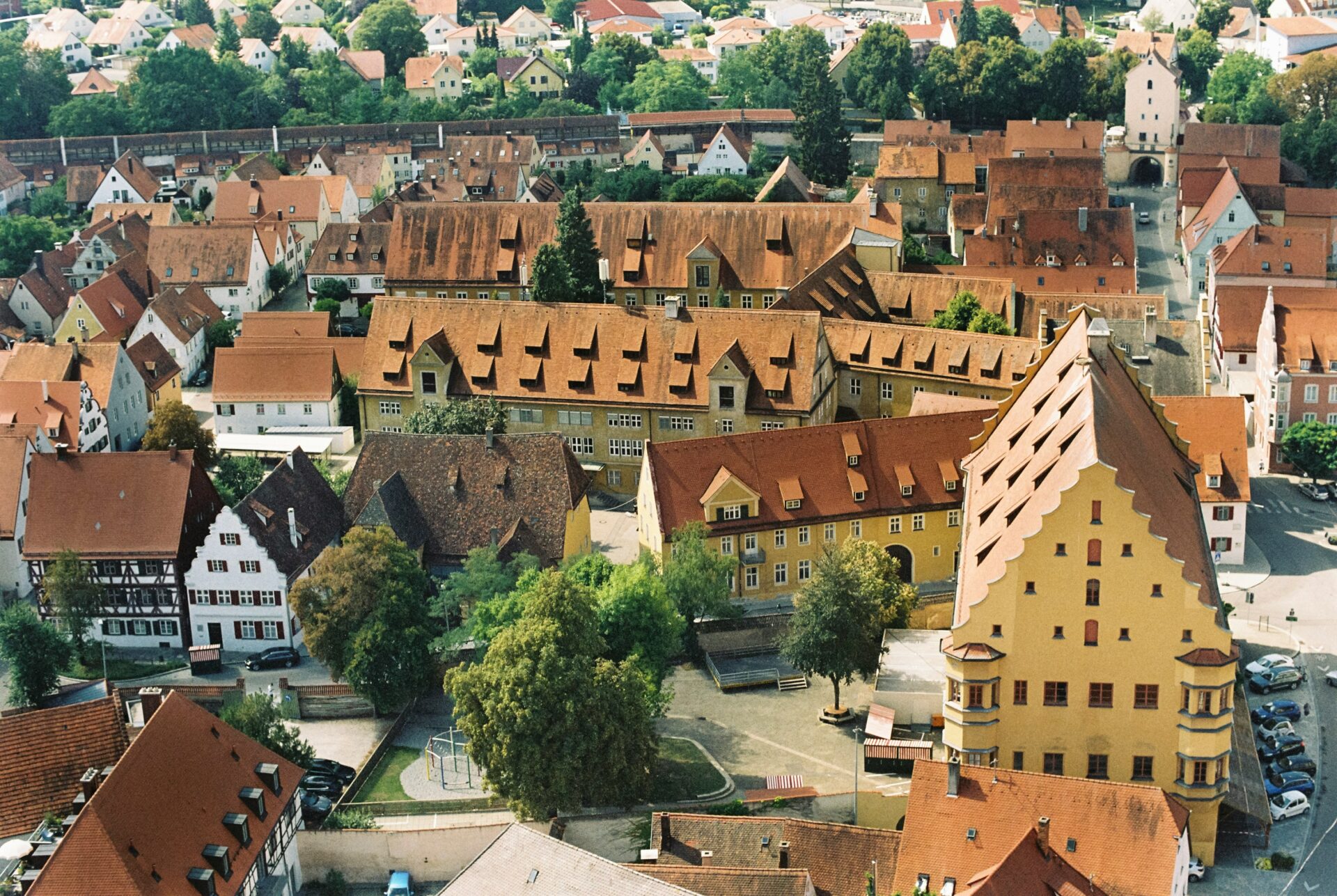
Harburg and Its Majestic Castle
Harburg sits quietly on the Wörnitz River, and its castle is one of the oldest and best-kept in southern Germany. Harburg Castle looms over the village, looking much as it did centuries ago.
I took a guided tour and learned about the castle’s long history. The rooms and halls, some with old furniture and paintings, show how nobles once lived.
From the castle walls, I soaked in views of rolling hills and the village below. The town itself is peaceful—a short walk winds through quiet streets and lemon-colored houses.
Harburg makes a great stop to rest, try some Bavarian food, and just enjoy that special atmosphere you only find here.
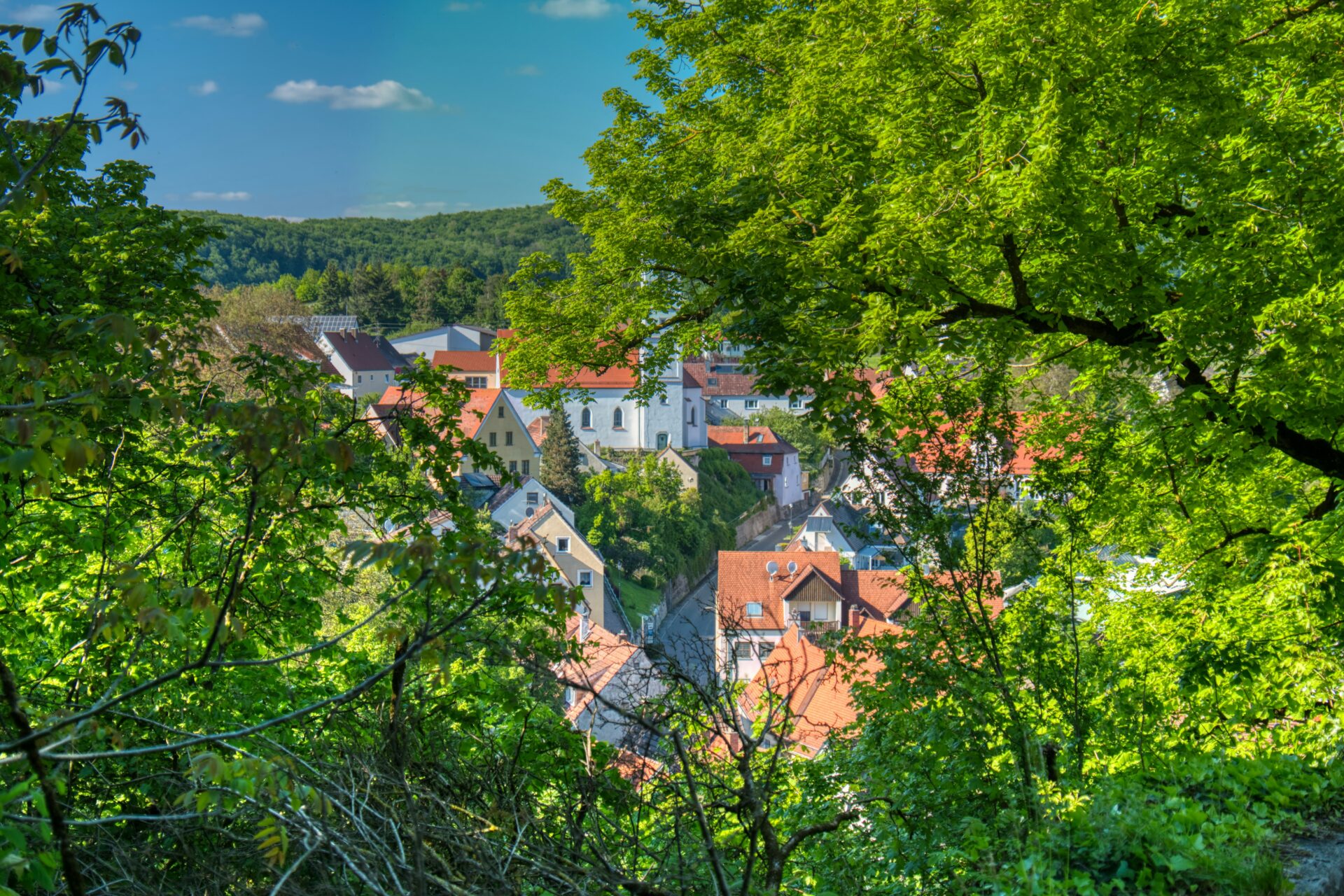
Fairytale Castles & Alpine Dreams
The drive between rolling hills and sharp mountain peaks led me to some of Bavaria’s best historic landmarks. Each site brought a fresh mix of royal stories, epic views, and art in the shadow of the Alps.
Neuschwanstein Castle: King Ludwig II’S Masterpiece
Neuschwanstein Castle perches on a wooded hill above Hohenschwangau. King Ludwig II built this dreamy castle in the late 1800s as his private retreat.
The bright towers and tall walls look straight out of a fairy tale, especially with the Alps behind them. Inside, I wandered through rooms filled with murals, carved wood, and sparkling chandeliers.
Tours show how Ludwig II tried to capture the magic of old legends and medieval knights. The best view? From Marienbrücke—Mary’s Bridge—where the castle rises over green valleys, forests, and snowy peaks.
No wonder it’s one of the most photographed castles in the world.
Essential info:
- Location: Near Füssen, at the end of the Romantic Road
- Tickets: Timed entry, definitely book ahead
- Photo tip: Best exterior shots from Marienbrücke
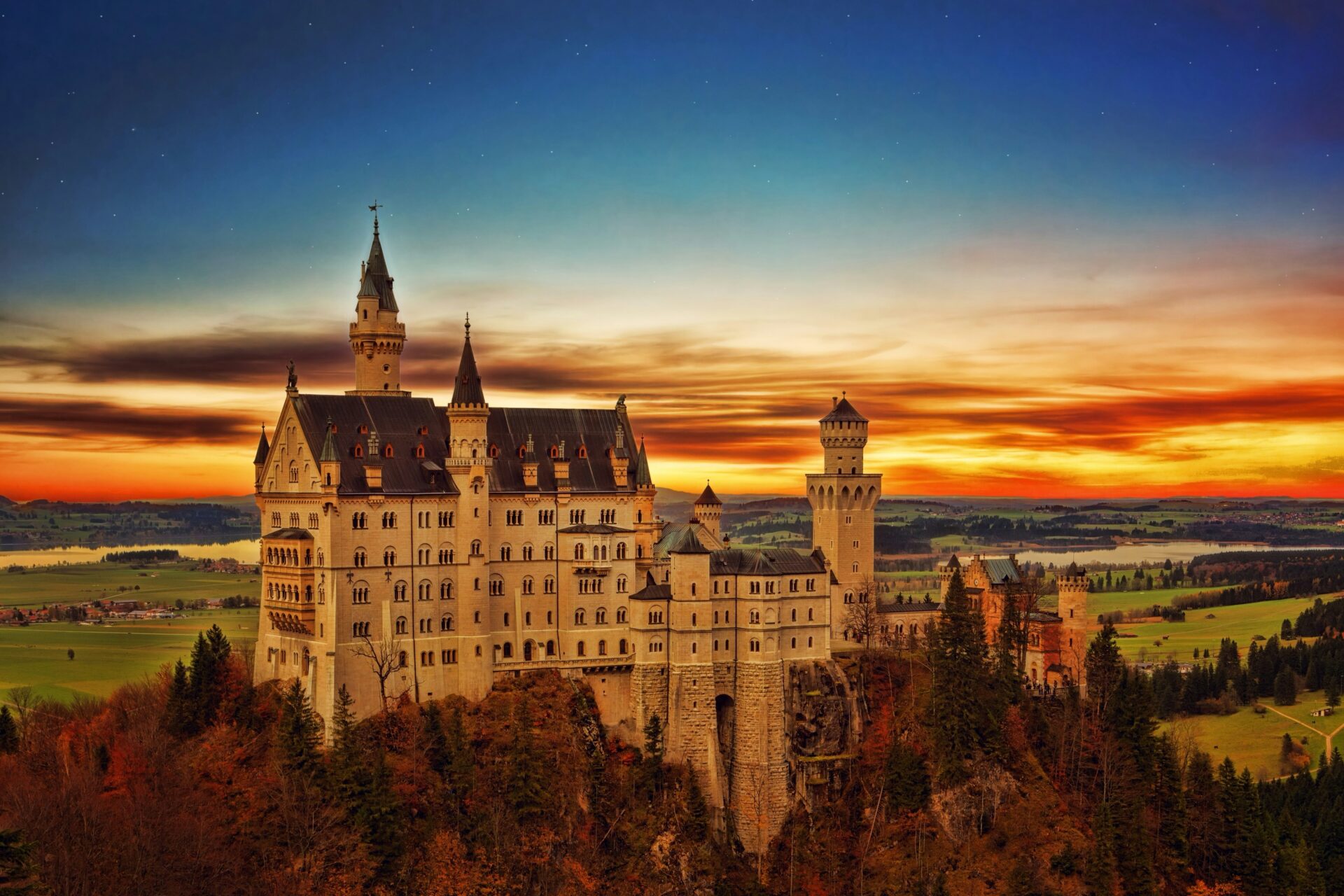
Hohenschwangau Castle: Royal Heritage & Scenic Surroundings
Hohenschwangau Castle stands on the next hill, just a short walk from Neuschwanstein. Painted sunny yellow, it was the childhood home of King Ludwig II and rebuilt by his father in the 1800s.
The rooms inside give you a peek into royal family life. Wall paintings show medieval legends, and swan motifs pop up everywhere—fitting, since Schwan means swan in German.
The gardens bloom with flowers and offer quiet spots to relax. I loved the views of Alpine lakes and forested slopes from the terrace.
Hohenschwangau is usually less crowded than Neuschwanstein, so tours feel more relaxed. It added a lot to my understanding of Bavarian royal history.
Highlights at a glance:
| Feature | Details |
|---|---|
| Era rebuilt | 1832-1836 |
| Notable gardens | Yes (with views over Lake Alpsee) |
| Tickets | Separate or combined with Neuschwanstein |

Wieskirche: UNESCO-listed Rococo Wonder
Just a short drive north, Wieskirche appears in the middle of green pastures. Unlike the castles, this Rococo church stands alone, about halfway between Füssen and the bigger towns up the road.
Inside, I found what many call the finest Rococo church ever built. The stucco and frescoes burst with scenes of angels and soft clouds, and gold and pastels brighten every inch.
Wieskirche was built in the 1700s after stories of miracles spread. Today, it’s a UNESCO World Heritage site. The place feels peaceful, often echoing with music that adds to the sense of wonder.
Visitor tips:
- Free entry
- Small parking lots nearby
- Early mornings are quietest
- Don’t miss the painted ceiling and organ
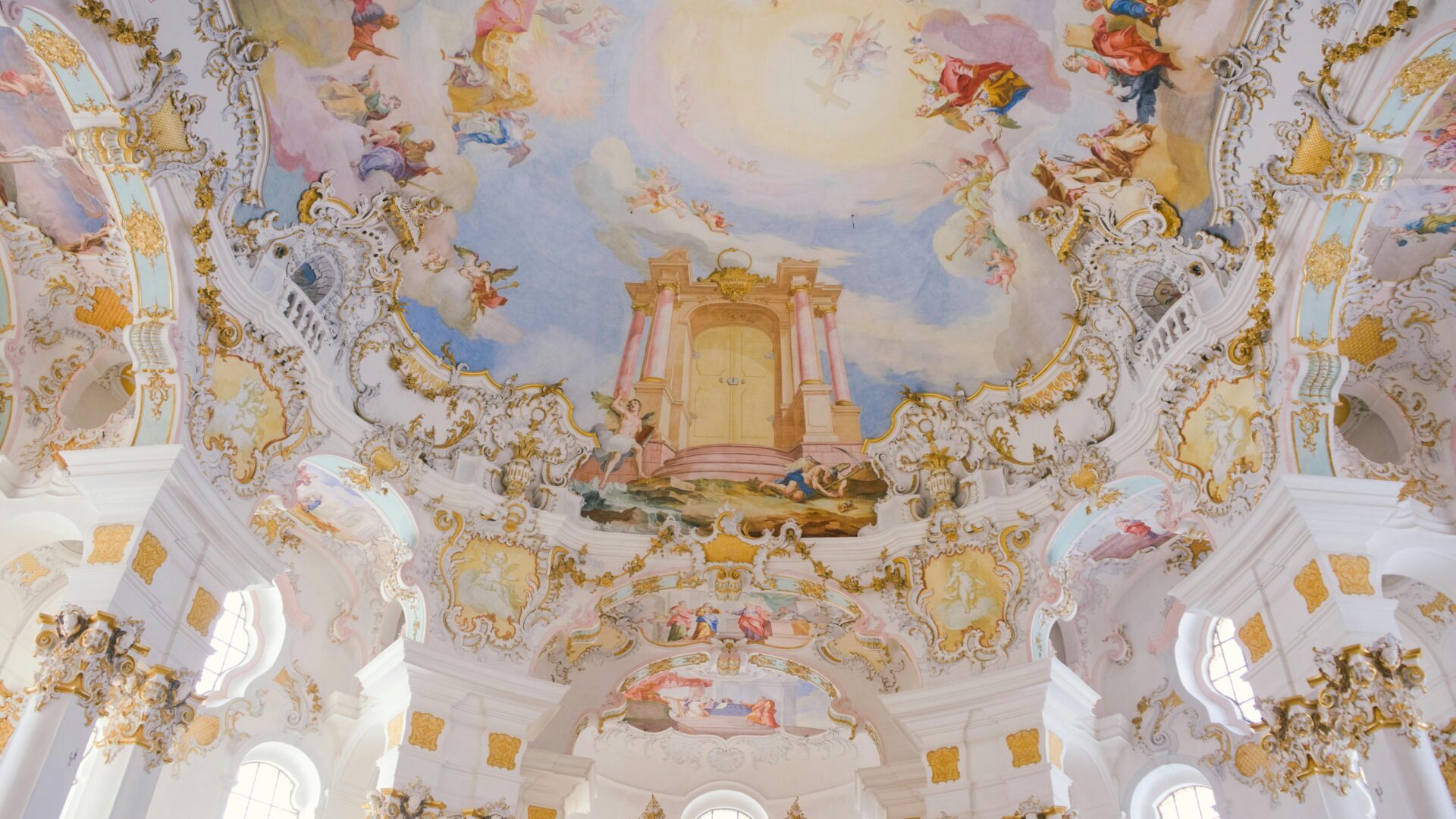
Scenic Drive to Füssen & Stunning Alpine Scenery
The final stretch of the Romantic Road brought me to Füssen, right near the Austrian border. The drive from Hohenschwangau is honestly one of the most stunning parts of the whole trip.
Alpine peaks shoot up over deep green valleys, and the air turns crisp and fresh. As I got closer to Füssen, the scenery shifted—rolling vineyard hills gave way to rugged mountains.
Even in late spring, snow clung to the highest peaks. The River Lech cuts through town, and the view from the old bridge is worth a stop.
Füssen itself feels cheerful and compact, with colorful houses, cozy cafés, and an old quarter that winds around on itself. From town, you can spot both castles and the Alps behind them—a fairy-tale ending if I’ve ever seen one.
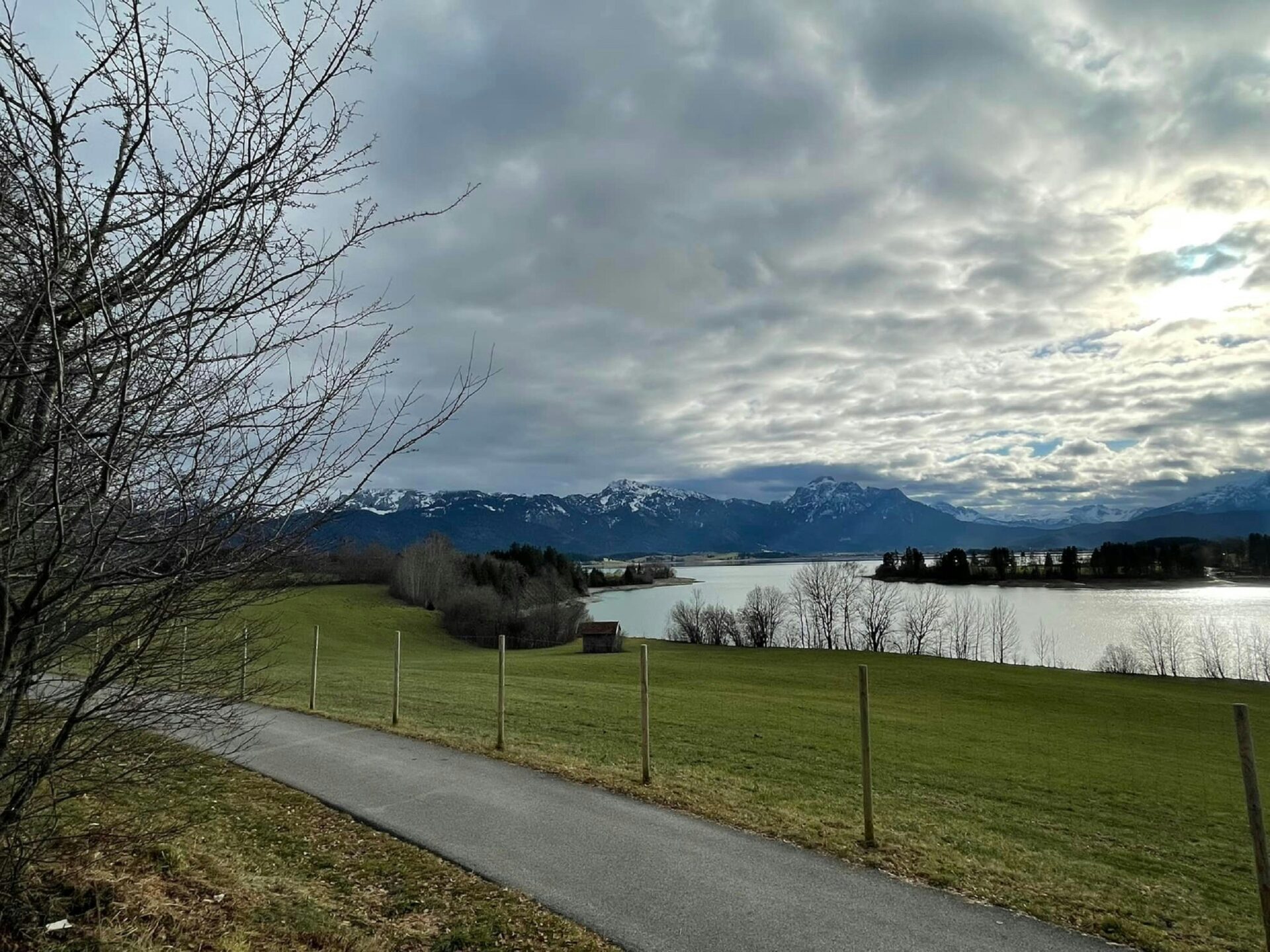
Experiencing Culture, Cuisine & Festivals
The Romantic Road isn’t just about pretty towns and castles. Along the way, I discovered a rich mix of flavors, traditions, and artistic treasures.
Every stop gave me a chance to try new dishes, admire centuries-old architecture, and catch a festival or two if the timing was right.
Local Cuisine & Franconian Specialties
Every village and city along the Romantic Road brought me a new taste of Bavaria. Franconian food, with its hearty flavors, quickly became a highlight of my trip.
I dug into Schäufele (pork shoulder) and fresh Bratwurst with tangy sauerkraut. Würzburg’s local wineries poured crisp white wines, especially Silvaner, which paired perfectly with the regional dishes.
Stopping at rustic beer gardens, I often ordered Brotzeit—a platter of bread, cheese, and sausage. It’s a simple meal, but somehow it always tasted just right after a day of exploring.
Sweet treats? Oh, I couldn’t resist the Schneeballen (snowballs) in Rothenburg ob der Tauber. These quirky pastries made for a memorable snack.
Wandering through farmers’ markets, I picked up honey, fresh bread, and cheese. These foods really show how connected the region feels to its farmland and old traditions.
| Dish | Description |
|---|---|
| Schäufele | Roasted pork shoulder |
| Bratwurst | Grilled sausage |
| Schneeballen | Fried dough pastries |
| Silvaner Wine | Crisp white regional wine |
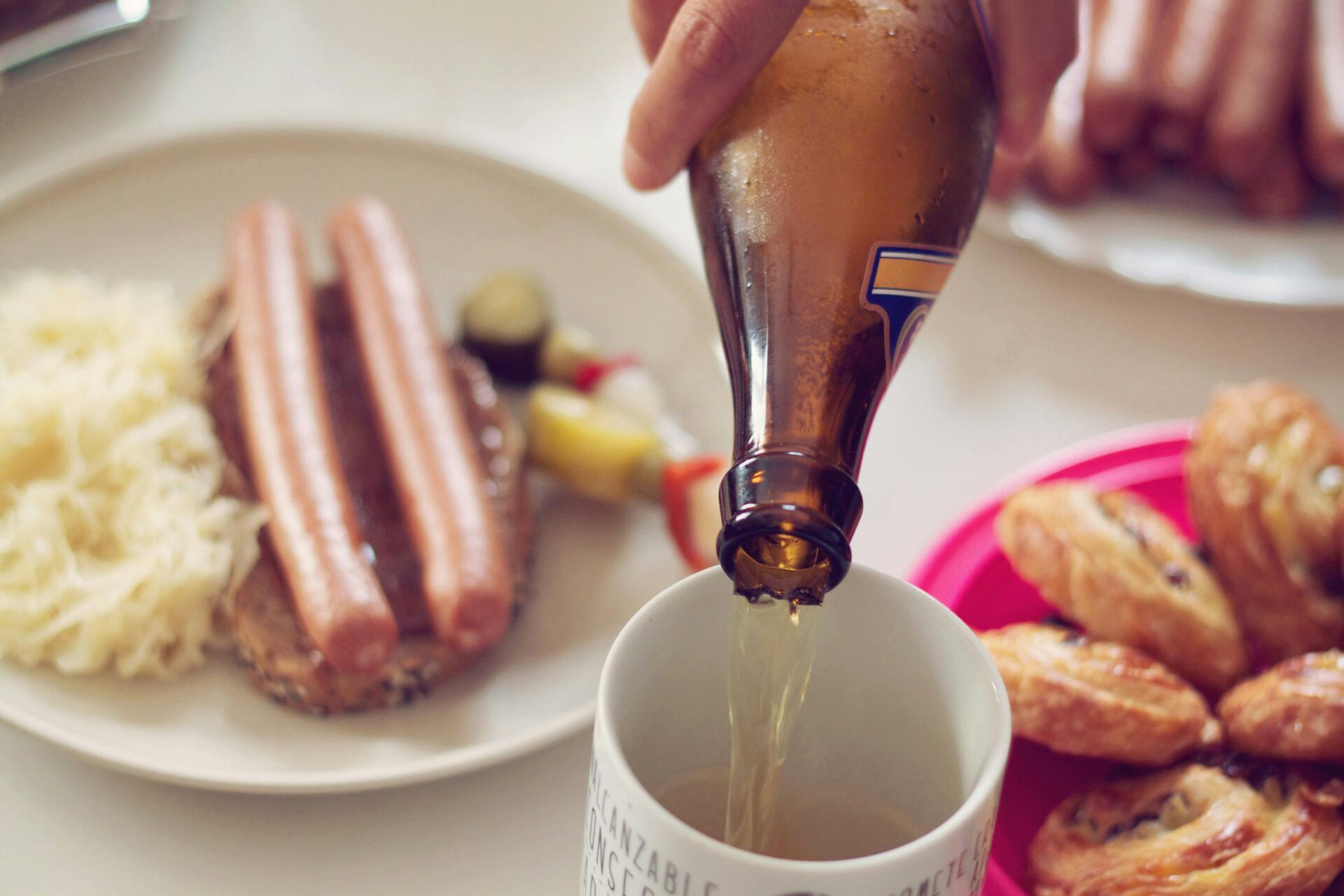
Artistic & Architectural Heritage
The towns along the Romantic Road overflow with centuries of artistic and architectural history. Würzburg’s Residenz immediately caught my eye with its baroque style and those famous Tiepolo frescoes stretched across the grand staircase ceiling.
The bright colors and detailed scenes in the frescoes absolutely stunned me during my guided tour. I honestly didn’t expect to be so impressed.
Medieval watchtowers, stone bridges, and half-timbered homes give places like Dinkelsbühl and Rothenburg an open-air museum vibe. Gothic cathedrals with soaring spires and stained glass, plus striking Renaissance facades, help every city and village stand out.
Wandering side streets, I stumbled upon hidden chapels and small art exhibitions showing off the work of regional artists. Sometimes, the best discoveries happened when I got a little lost.
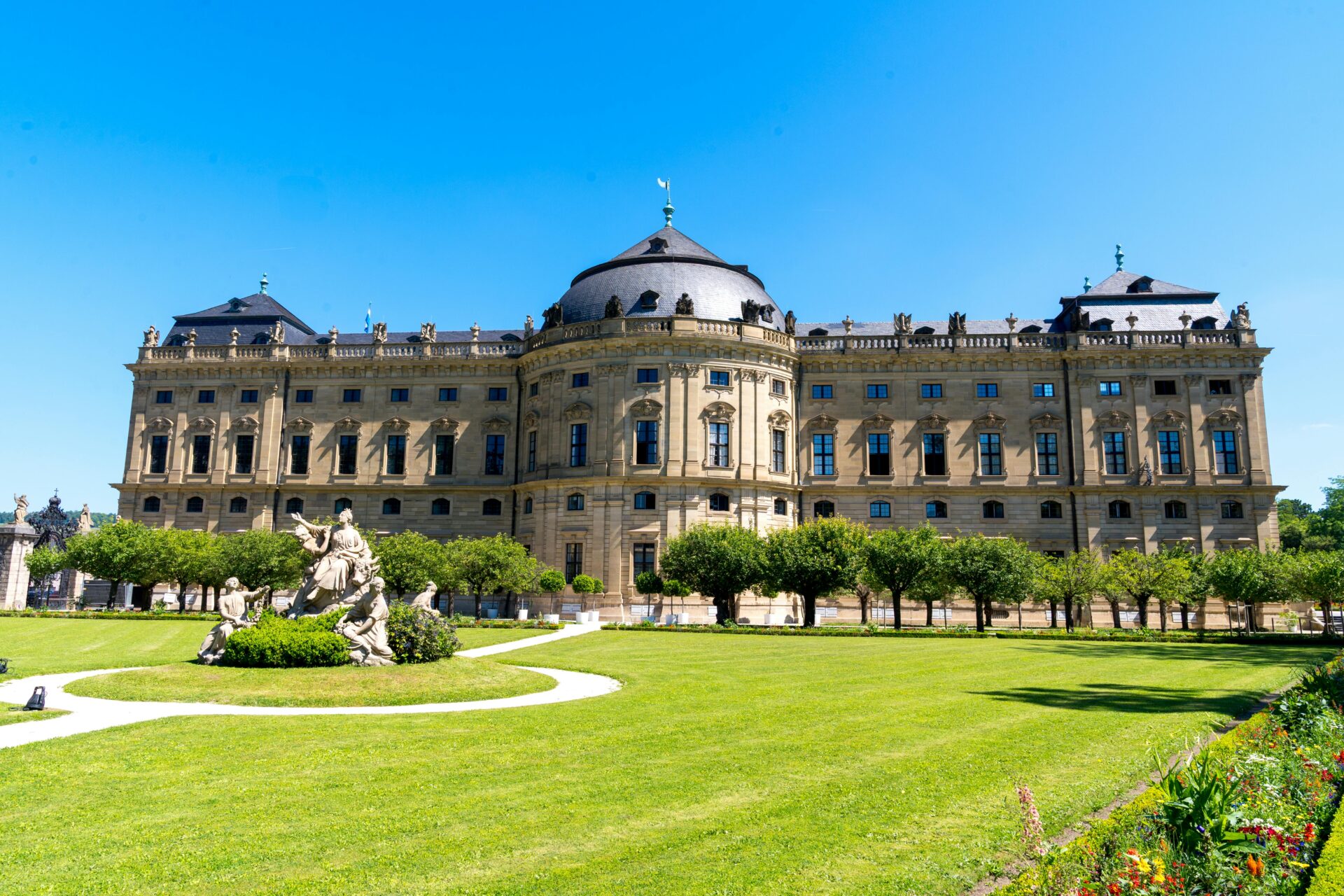
Festivals and Regional Traditions
Local festivals brought excitement and color to every town I visited. In summer, villages hosted wine festivals filled with music, bustling stalls, and people in traditional Bavarian dress.
During medieval fairs, locals dressed in historic costumes and demonstrated crafts like blacksmithing or woodcarving. I loved watching these traditions come to life.
Here are a few regular events I came across:
- Würzburg Wine Festival (early summer)
- Rothenburg Imperial City Festival (fall)
- Dinkelsbühl Children’s Festival (July)
On festival days, town squares buzzed with music, dancing, and plenty of street food. These celebrations gave me a real sense of how deeply people cherish their community’s heritage.
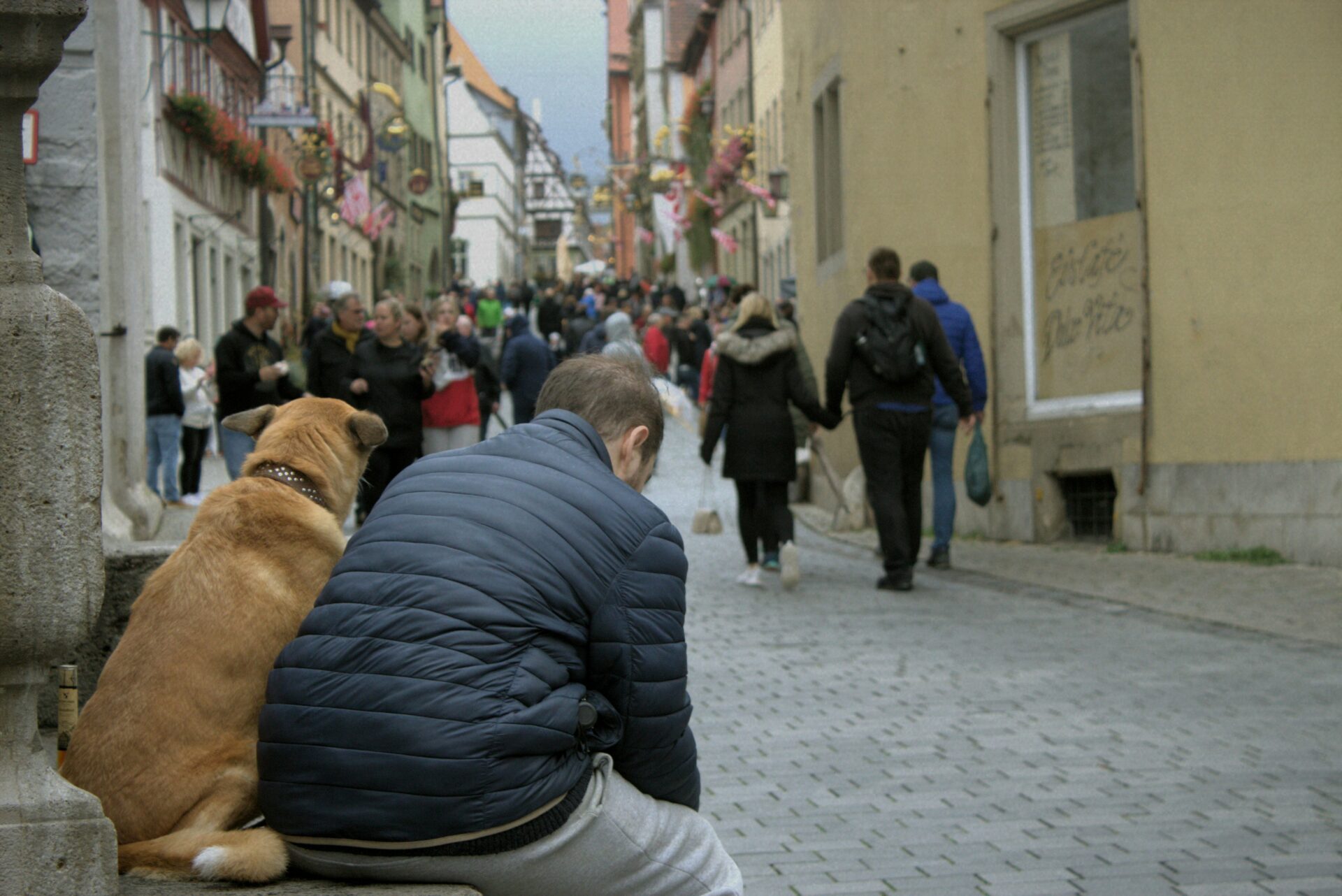
Practical Tips for Your Romantic Road Adventure
Traveling the Romantic Road felt easy and flexible, with plenty of options for transport, lodging, and planning. The route stays beautiful all year, and I could take it slow or speed things up depending on my mood.
Best Time to Visit & Seasonal Highlights
Honestly, the Romantic Road works as a year-round destination. In spring, vineyards around Würzburg burst with new growth, and the towns feel fresh and energized.
Summer brings long days—perfect for exploring medieval towns, catching open-air festivals, or winding down at an outdoor café in the evening. It’s lively, but never overwhelming.
Autumn? Absolutely stunning. By September and October, the vineyards and forests turn gold and red. Wine harvests kick off, and the weather stays comfortable for walks or castle visits.
Winter has its own magic: fewer crowds, fairy lights, and Christmas markets in towns like Rothenburg and Dinkelsbühl. Sometimes snow covers Neuschwanstein Castle, and it really does look like a fairytale.
I planned my trip for spring, but next time, I’d love to see the fall wine festivals and those colorful hills. Honestly, every season seems to offer something special.
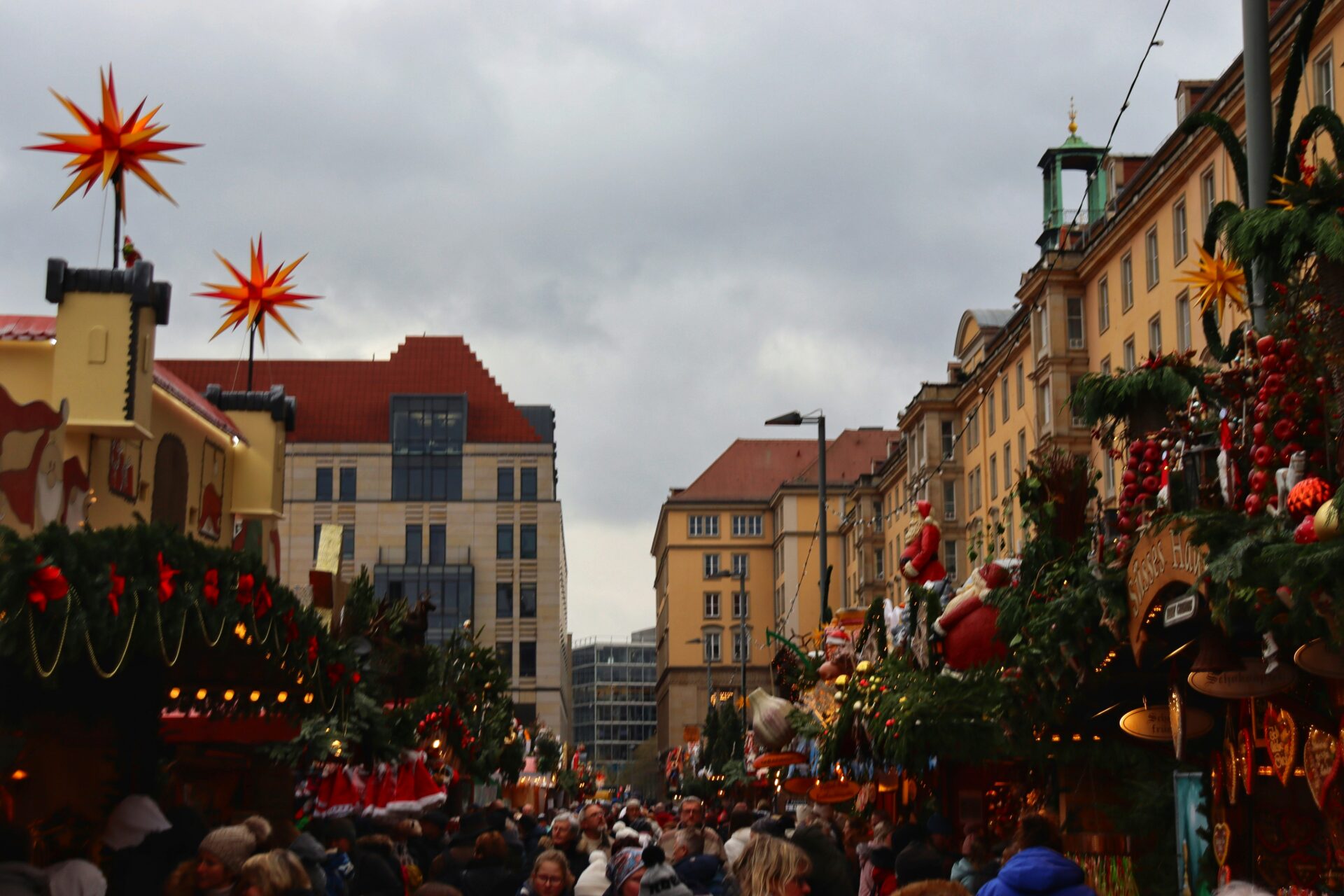
Getting Around: Car Rental, Public Transport & Guided Tours
Renting a car gave me the freedom to explore at my own pace. I could pull over for photos or detour through tiny villages whenever the mood struck.
Big rental agencies operate out of Munich and Frankfurt airports, so picking up a car was easy. Driving in Germany felt straightforward—roads are well-marked, and there’s usually parking near major sights.
If driving isn’t your thing, public buses connect most of the key stops along the Romantic Road. There’s also a dedicated Romantic Road coach in high season with a fixed route.
Trains reach major towns like Würzburg and Augsburg, though switching lines can eat up some time. Guided tours from Munich offer group trips to famous castles and towns.
Personally, I liked mixing driving with the occasional bus ride to cover everything on my list.
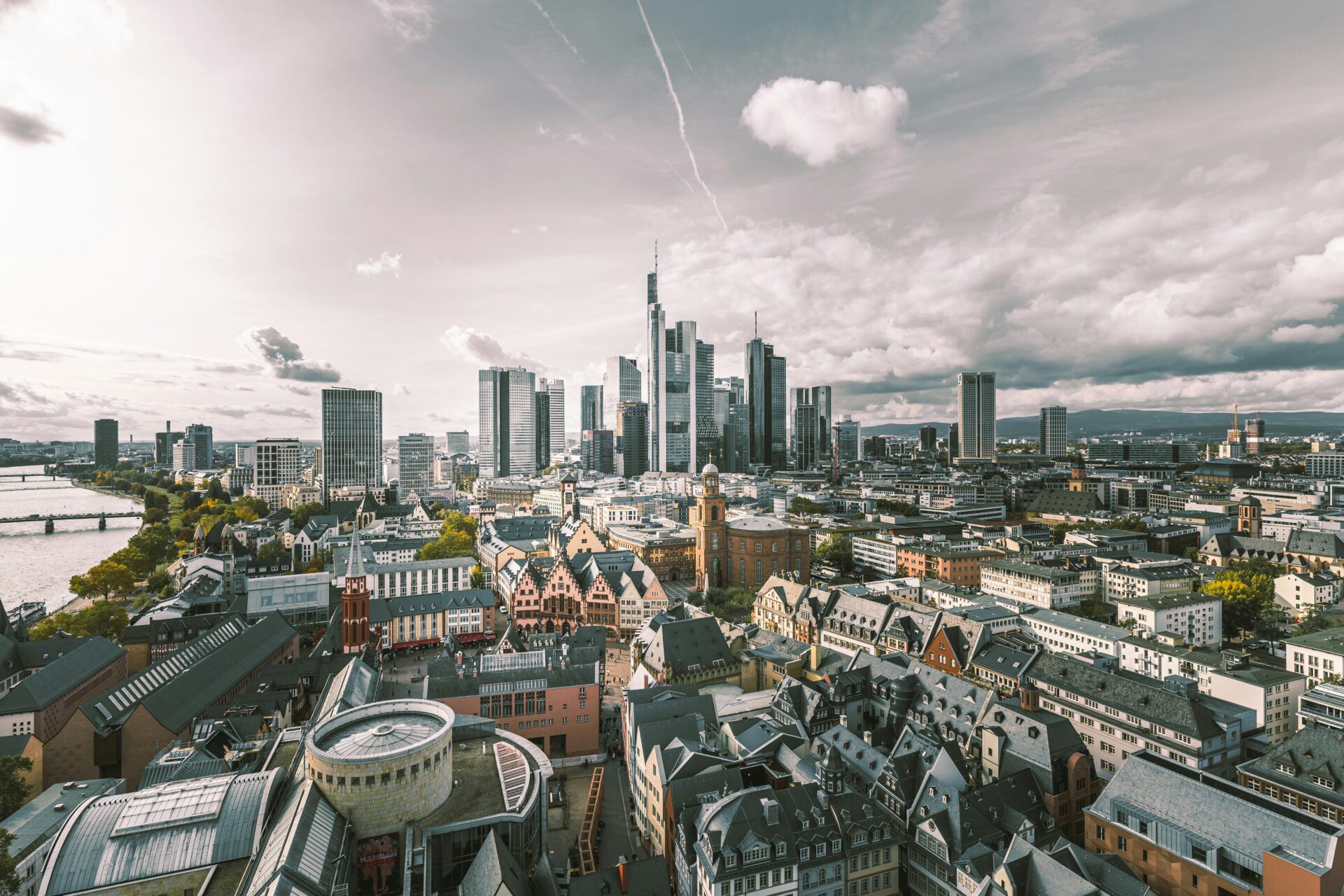
Choosing Accommodations and Unique Stays
I tried out several types of accommodation along the route. Historic inns and small boutique hotels let me sleep inside medieval walls, especially in places like Rothenburg and Dinkelsbühl.
Local guesthouses (Gasthäuser) provided budget-friendly, authentic stays—with delicious local food, too. For a splurge, I checked into a castle hotel near Füssen, where the views of the hills and forests were something else.
Apartment stays worked great when I wanted to cook for myself. And if you’re looking for something truly unique, spend a night in Augsburg’s Fuggerei, the world’s oldest social housing complex. The atmosphere there is unforgettable.
There’s really something for every budget and taste along the route.
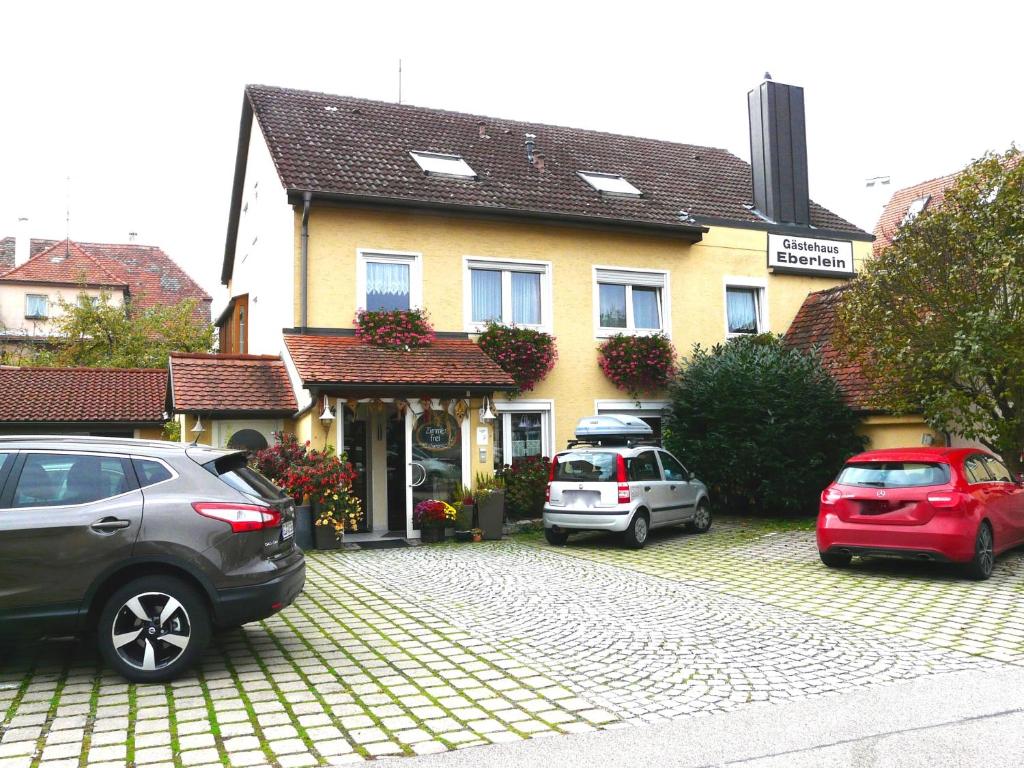
Planning Your Scenic Road Trip: From Munich to Füssen
I started out in Munich because it has direct trains, a major airport, and easy car rentals. Frankfurt International Airport is also a solid starting point, especially if you want to kick things off in Würzburg.
Planning my drive was simple with the official Romantic Road map. I gave myself three to five days for the major sights, but honestly, a longer trip means more time for side adventures and wine tastings.
I tried not to rush—building in time for wandering and relaxing made the journey so much better. The route is well signposted, following old trade roads through small towns, castles, and rolling countryside.
Packing light and booking rooms ahead—especially in summer—helped everything go smoothly. I could just focus on enjoying each stop.
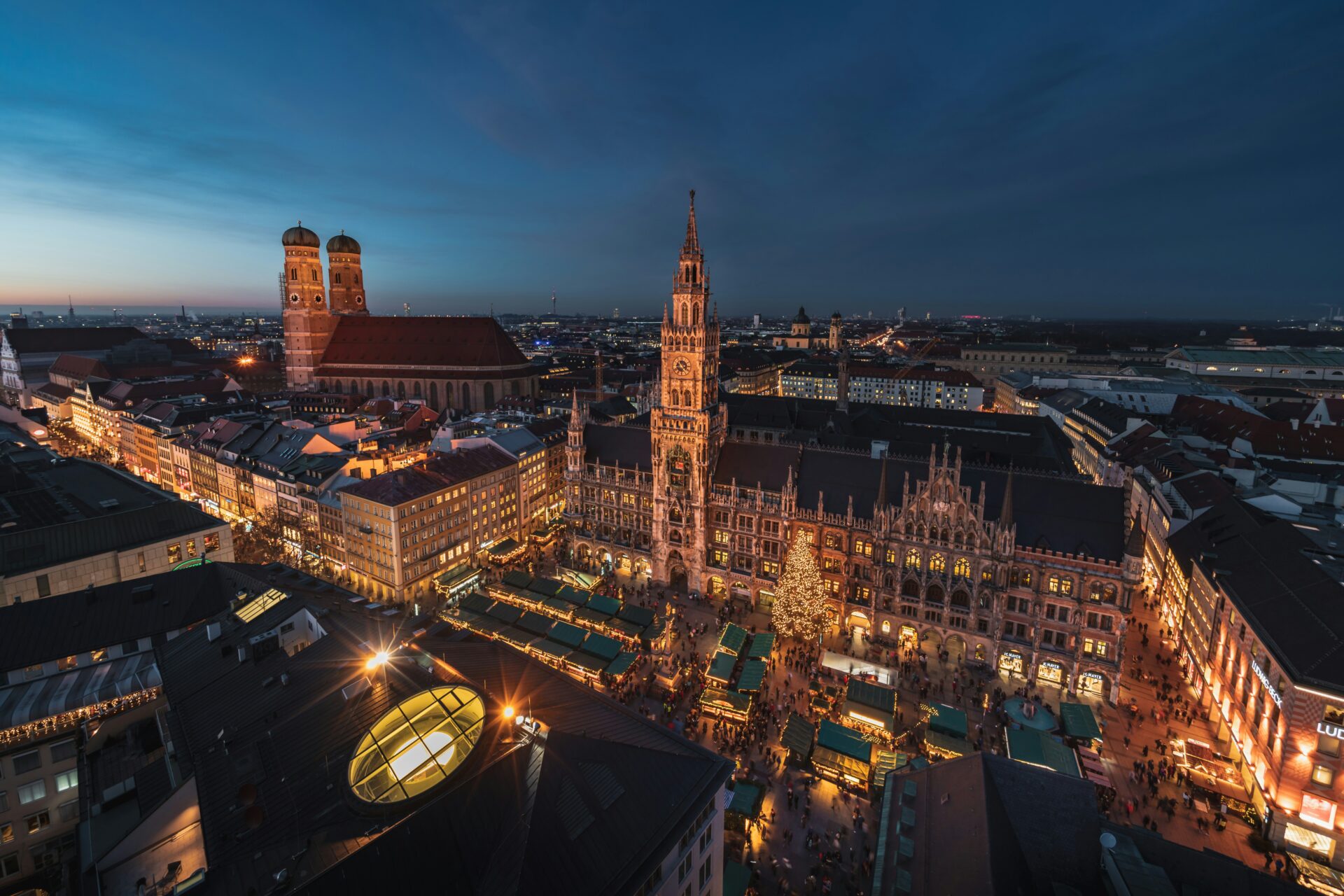
Hidden Gems, Photo Spots & Local Highlights
Bavaria’s Romantic Road offers way more than just famous castles and postcard towns. My drive took me through vibrant old quarters, UNESCO sites, sparkling holiday markets, and some of the best photo spots I’ve ever found.
Landsberg am Lech’s Colorful Old Town
Landsberg am Lech quickly became one of my favorite stops. The old town bursts with brightly painted houses and cozy squares, perfect for wandering and snapping photos.
The Lech river winds through the city, creating scenic spots like the historic Lechwehr weir. Rathausplatz, the main square, is surrounded by pastel facades and inviting cafés.
I climbed up to the Schmalzturm tower for a unique view over the rooftops. At sunset, the buildings seemed to glow. My photos from here almost looked like paintings—no filter needed.
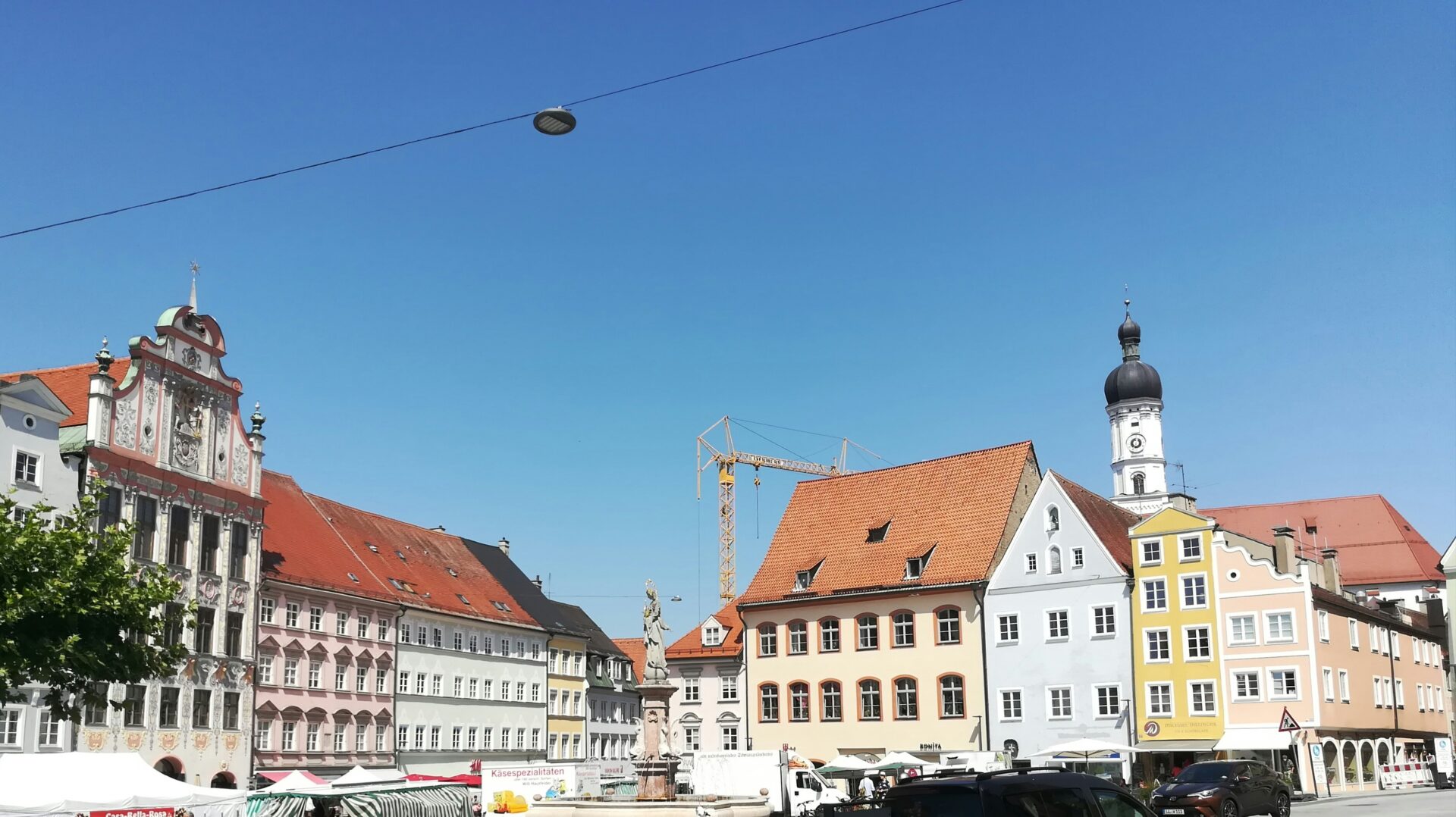
Augsburg: UNESCO World Heritage & the Golden Hall
Augsburg really stands out for its deep history and grand landmarks. The city’s UNESCO-listed Water Management System—a network of canals and fountains—shows off centuries of clever engineering.
I stepped into the Golden Hall at Augsburg’s Town Hall and, wow, the gold ceiling, massive chandeliers, and detailed artwork left me speechless. Guided tours here actually made the history feel alive.
Augsburg Cathedral’s stained glass windows are worth a stop, too. And Marienplatz? Always buzzing, especially when the famous Glockenspiel chimes in the afternoon.
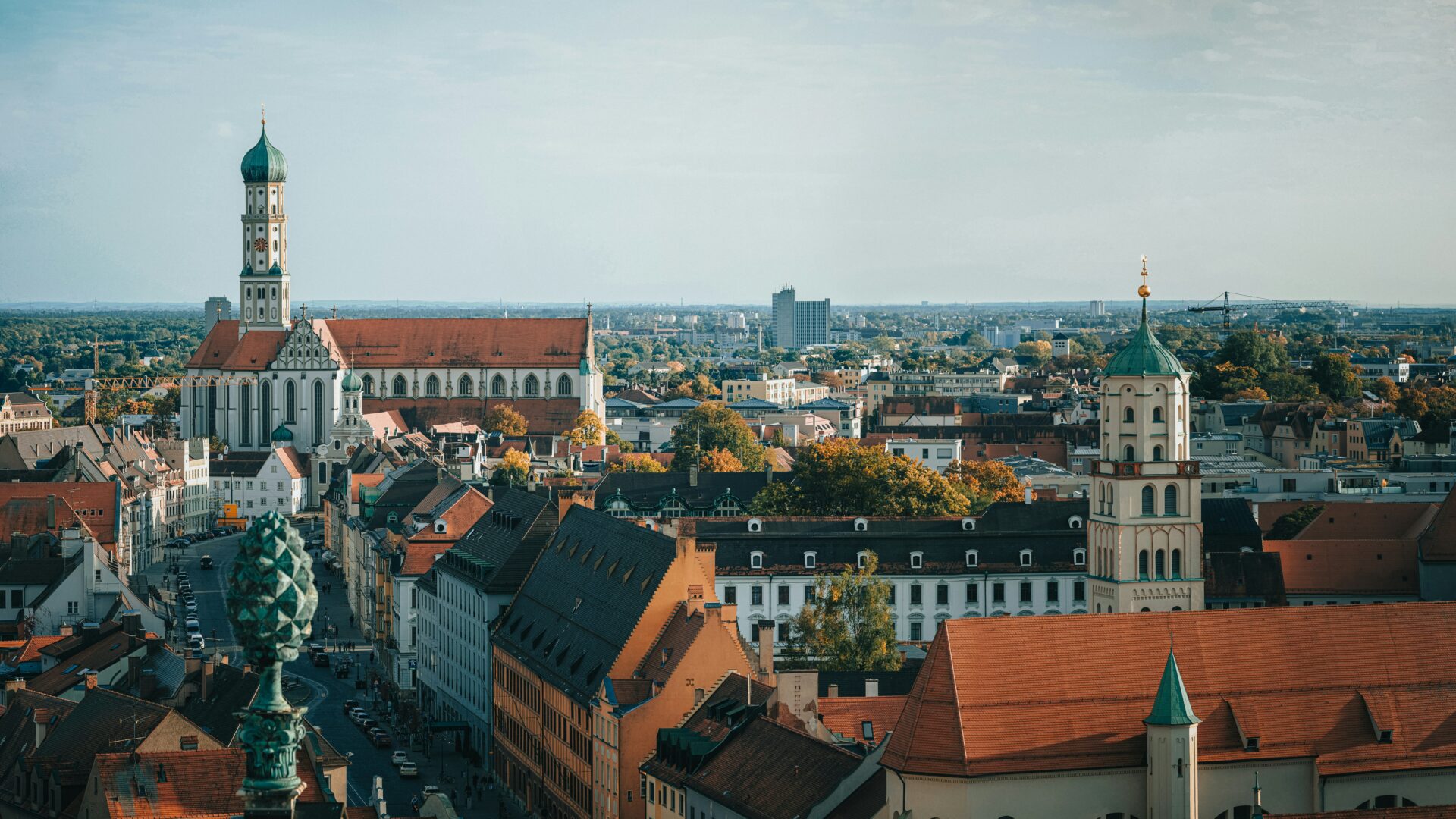
Christmas Markets & Festive Lights
Driving the Romantic Road in winter brought me straight into the magic of Christmas markets and festive lights. I stopped by markets in Rothenburg and Augsburg—each had its own charm.
The air was thick with the scent of gingerbread and mulled wine. Stalls overflowed with handmade ornaments, gifts, and local treats like roasted nuts.
After dark, the markets glowed under thousands of twinkling lights. The mix of history, music, and holiday cheer made every visit feel extra special and gave me endless photo ops.
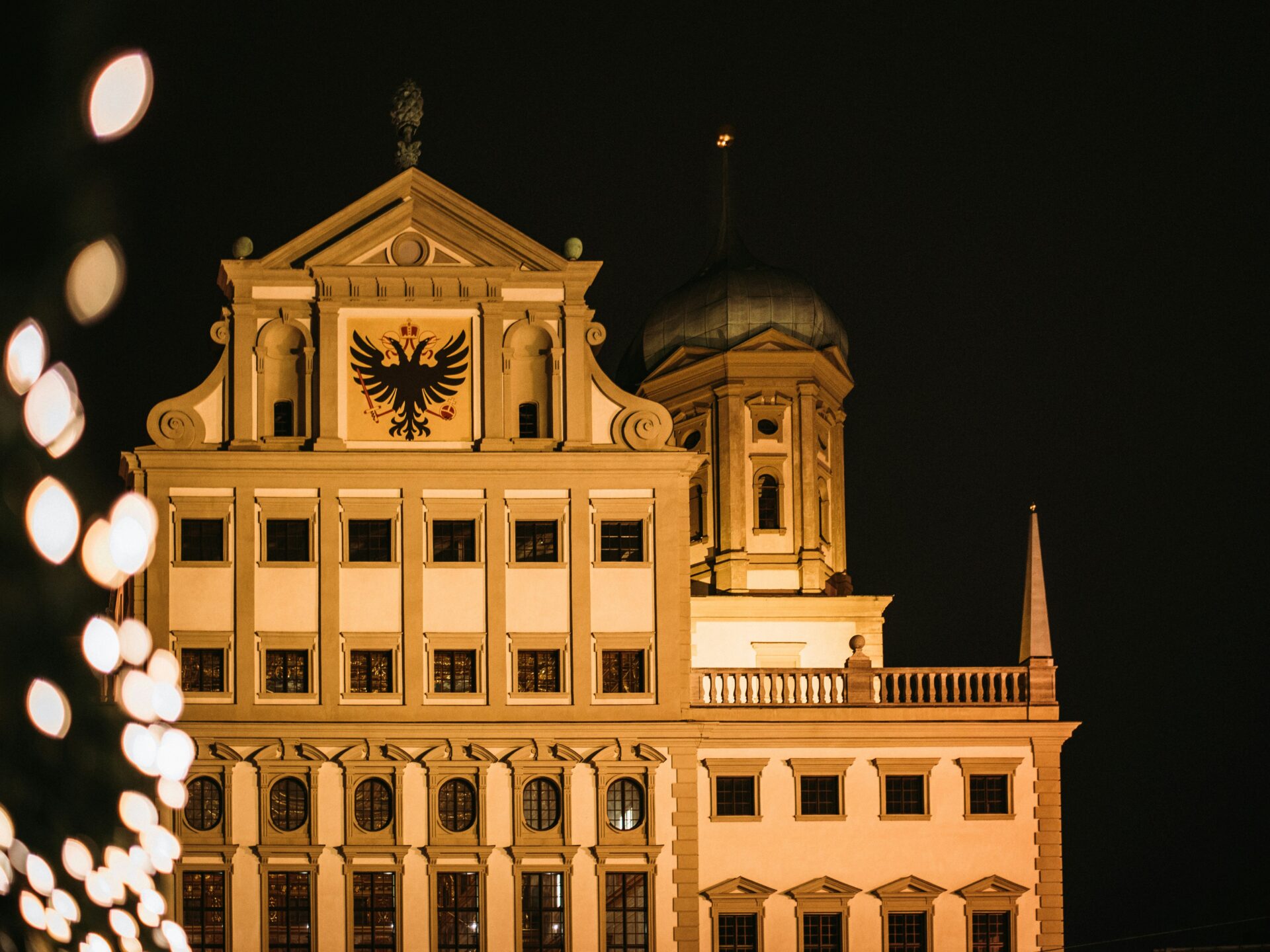
Photography, Breathtaking Views & Rolling Landscapes
The Romantic Road feels like a playground for anyone who loves photography. I stumbled across so many spots that practically begged me to pull over and snap a sunrise or sunset shot.
- Best views: You can take in Rothenburg’s rooftops, wander along Dinkelsbühl’s city walls, or just soak up the meadows near Füssen.
- Natural beauty: Rolling hills, patchwork fields, and those distant Alpine peaks—honestly, the photo ops never really stop.
- Tip: If you’re anything like me, you’ll find early mornings much quieter, and the light’s just right for landscapes.
I made a habit of keeping my camera within arm’s reach, just in case something magical happened—like golden light hitting ancient stones or a perfect reflection in a sleepy river. The weather and seasons seemed to change the whole vibe every few miles, so there was always something new to catch my eye.

